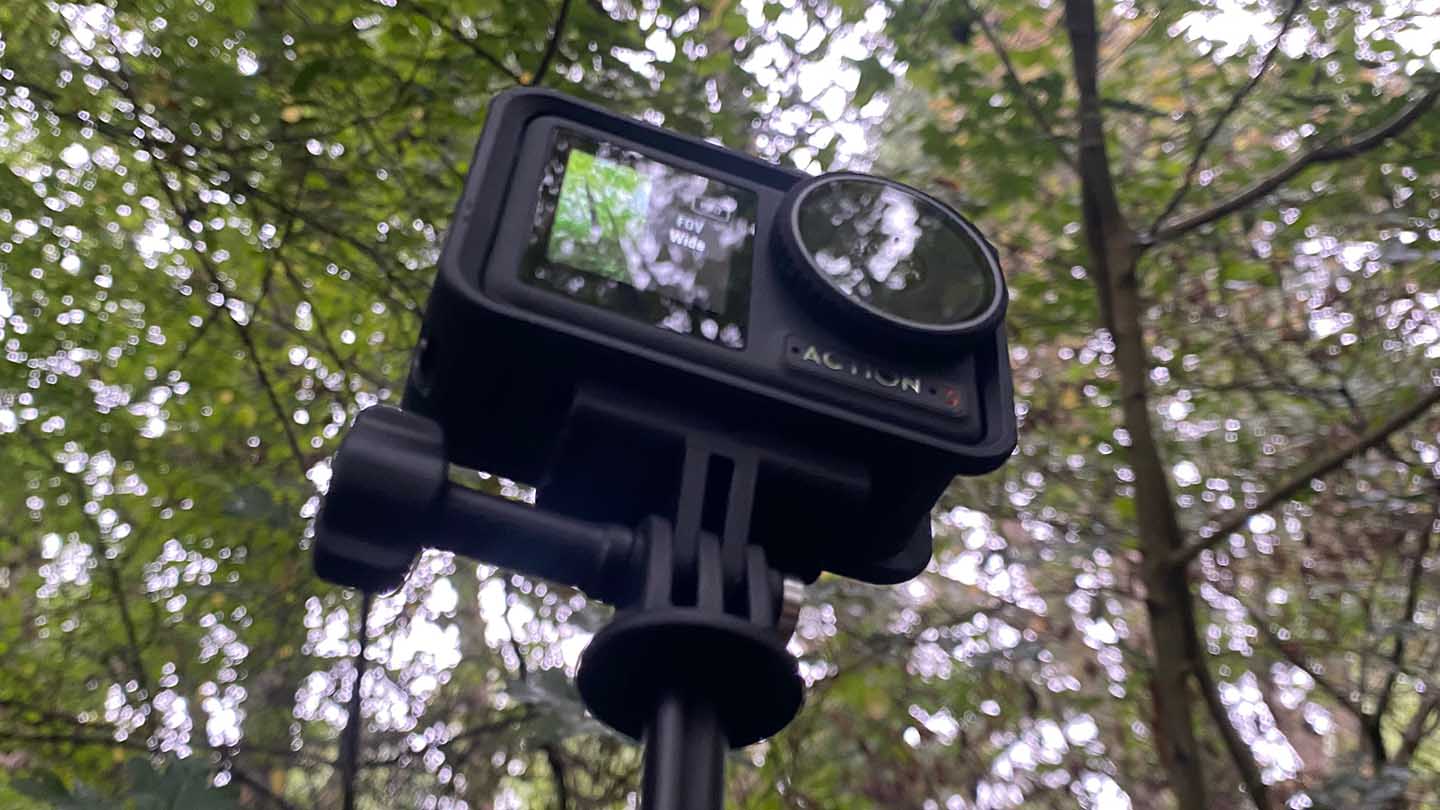The DJI OSMO Action 3 is the third generation of DJI’s action camera. DJI already dominate the drone and single-handed gimbal stabilisers market; however, when it comes to action cameras, the number one slot is still dominated by GoPro.
The release of the DJI OSMO Action 3 coincided with the release of the GoPro Hero11 Black. I’ve looked at the two cameras, and they are very similar when it comes to specifications and performance, but neither has taken the leap forward you’d expect when there’s so much to play for.
Here DJI has backtracked on the design from the Action 2, so the new camera is more akin to the original DJI OSMO Action. The new, as with the original OSMO action, is a similar shape and size to the GoPro, so it competes in the same market. Unlike a few years ago, when there were quite a few competitors to the top-ranking action cameras, today, there are only a few, and even these have, until recently, been split out into more specific design briefs and uses.
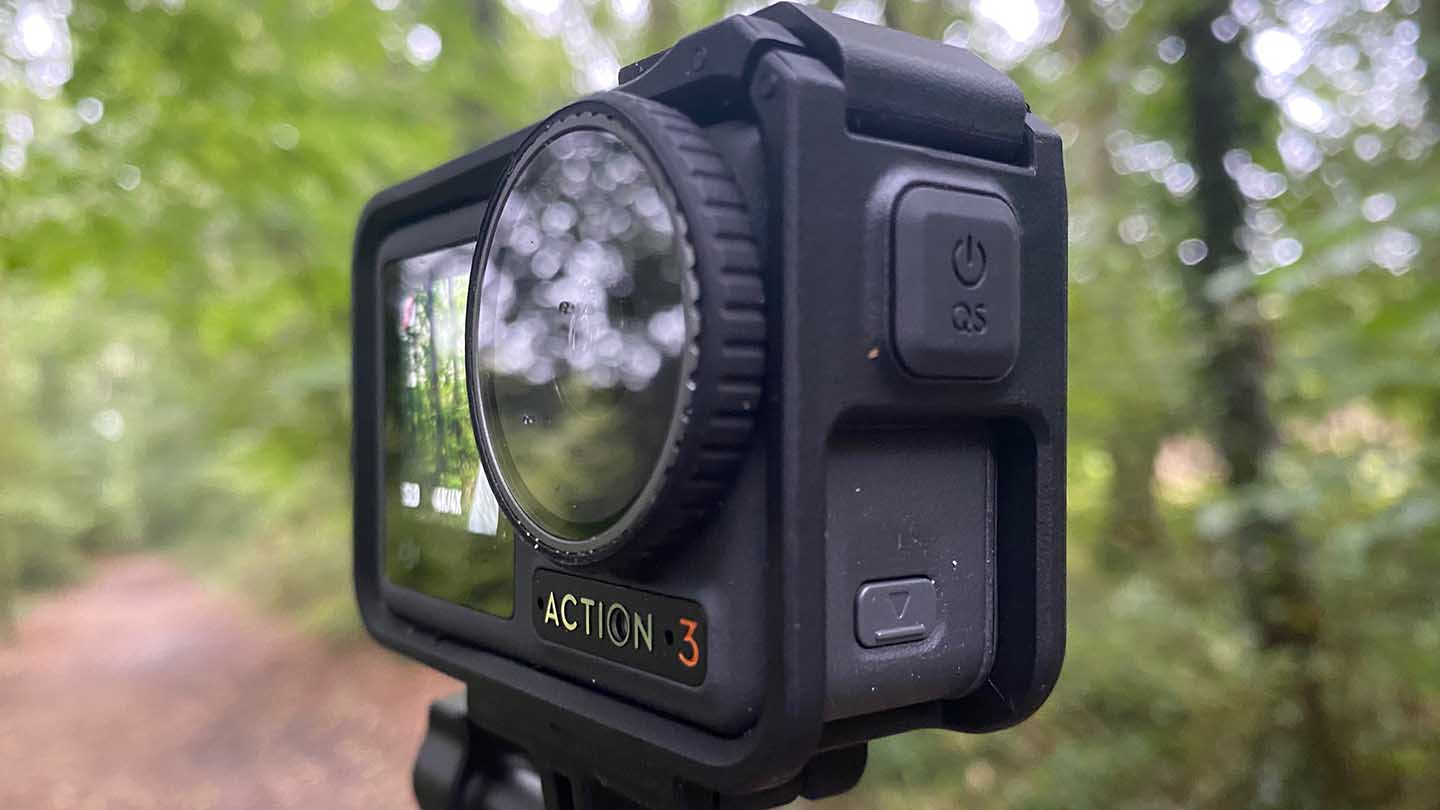
DJI’s decision to take on GoPro again head-on is interesting. We look forward to seeing what happens over the next few months as both companies draw huge interest and followings.
The DJI OSMO Action 3 is an action camera of the purest kind. It remodels the original DJI OSMO Action with a smoother exterior, enhanced features, better stabilisation and much-improved battery life. But more than this camera just being the successor to the two previous DJI Action cameras, this camera is a direct challenger to the GoPro Hero11 Black, and that’s where things get interesting.
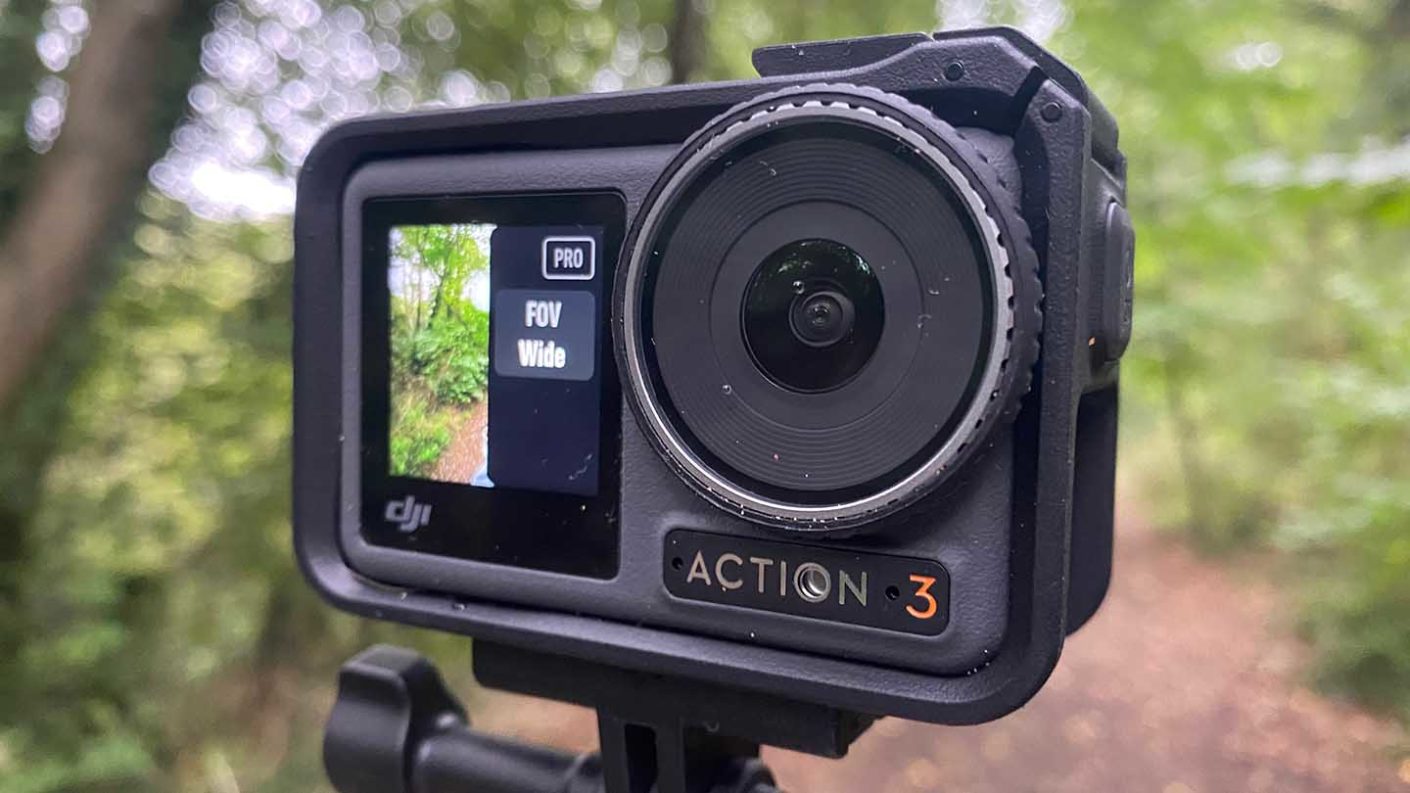
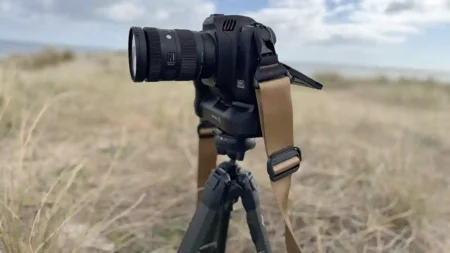

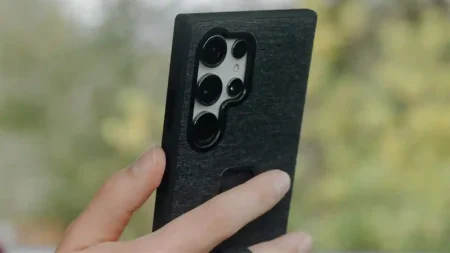

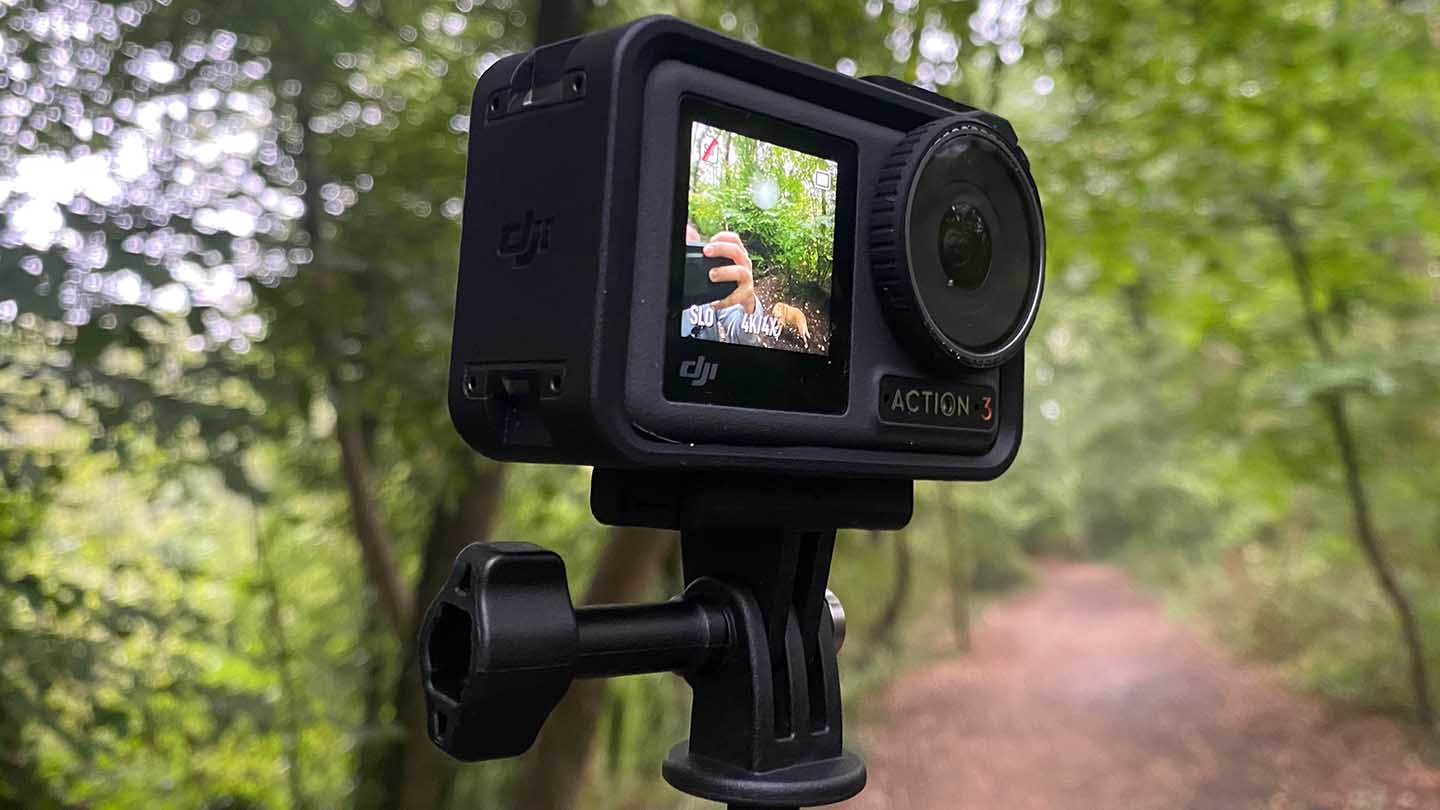
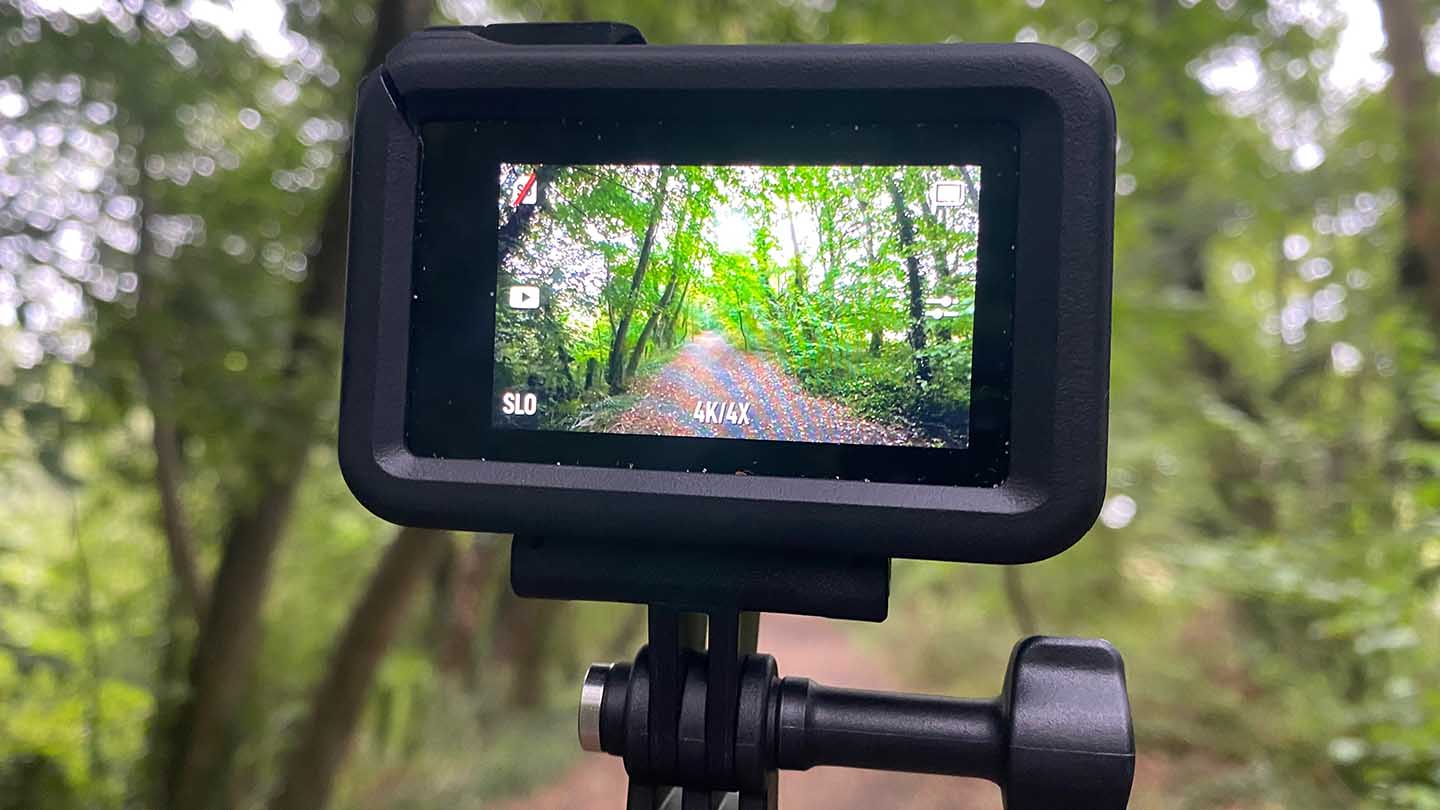 Only when it came to using the camera for a bit of vlogging did it come into use, and then you had to wonder why the brilliant clamp mechanism wasn’t incorporated into the sides and the base of the camera. To be honest removing and replacing the cage isn’t as greater issue as I might be making out, but I still don’t understand why it’s designed like this.
Only when it came to using the camera for a bit of vlogging did it come into use, and then you had to wonder why the brilliant clamp mechanism wasn’t incorporated into the sides and the base of the camera. To be honest removing and replacing the cage isn’t as greater issue as I might be making out, but I still don’t understand why it’s designed like this.